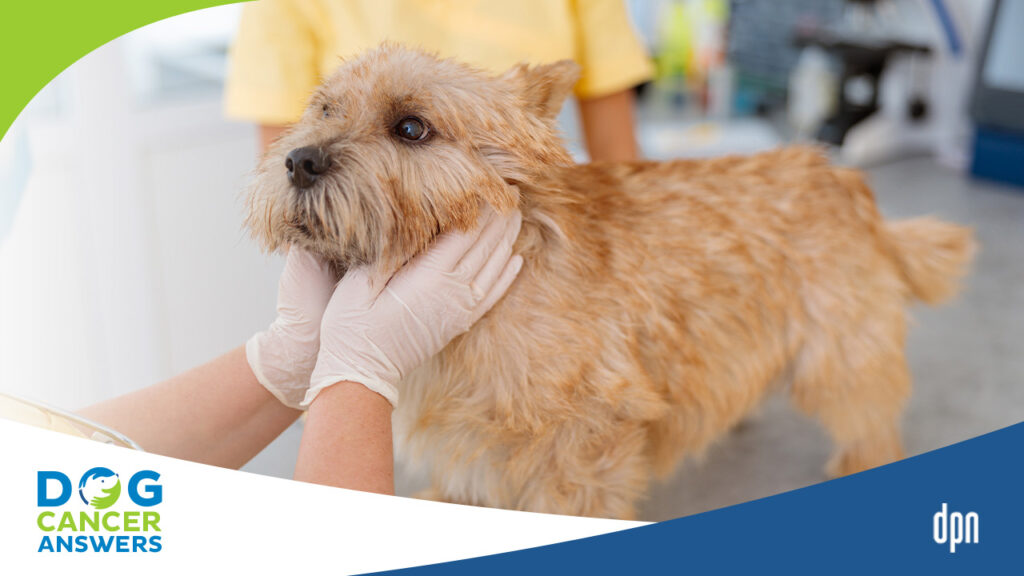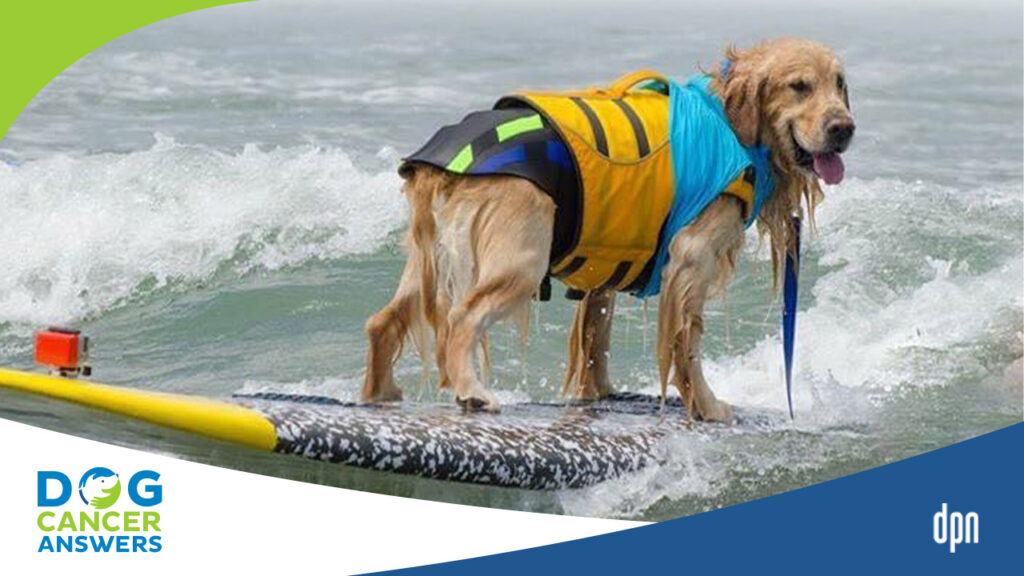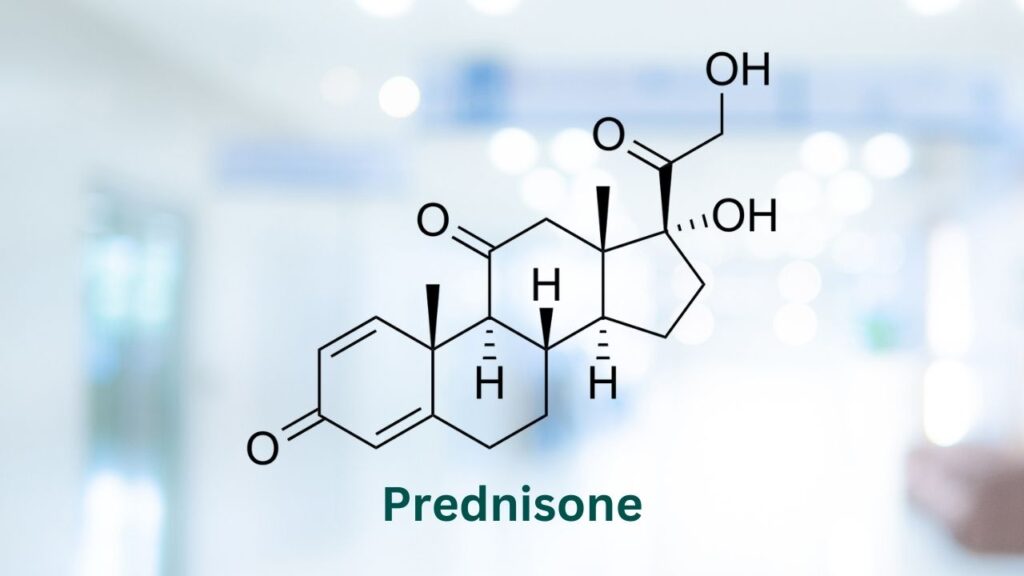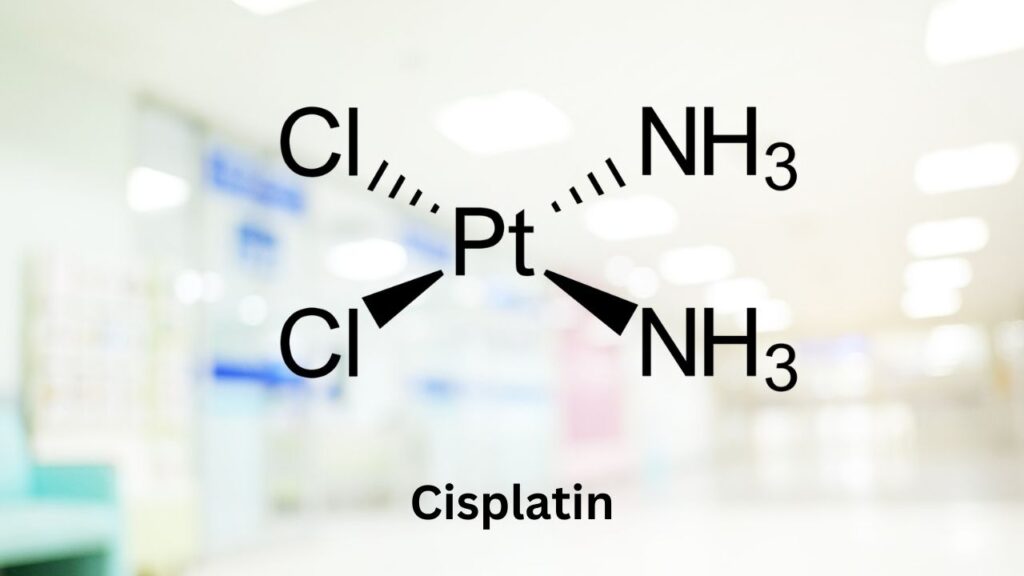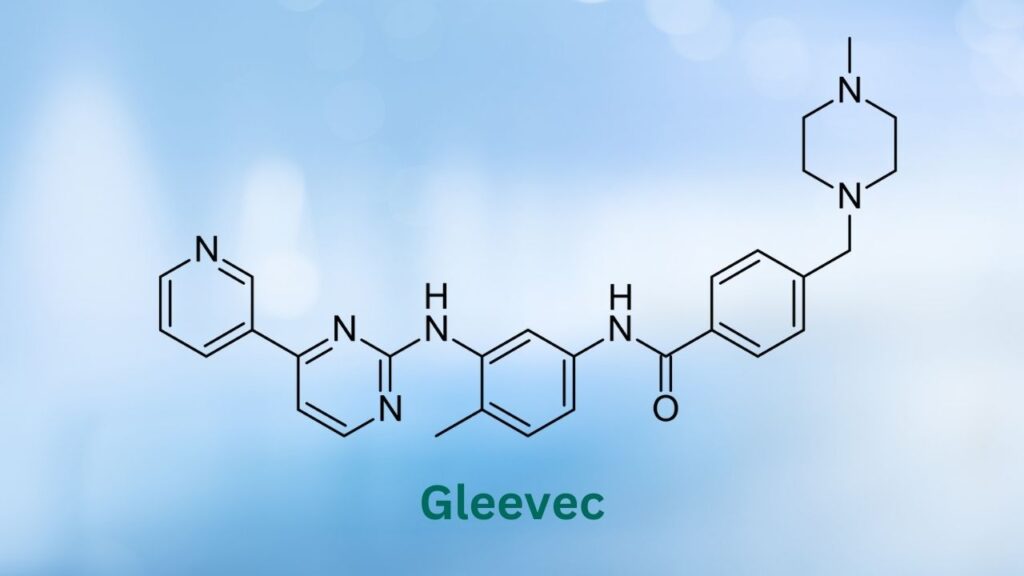Chlorambucil is a chemotherapeutic and immunosuppressive drug that is often used in conjunction with a steroid. It has been used with metronomic dosing, which is daily or every-other-day low dose administration over time.
Key Takeaways
- Chlorambucil is safe for dogs, but can cause side effects such as stomach upset, lethargy, and abnormal bruising.
- Dogs can live for weeks, months, or possibly even years on chlorambucil. How your dog does will depend on many factors including your dog’s particular cancer type, her overall health, and how she responds to her treatment plan.
- Chlorambucil works in dogs by preventing cancer cell DNA from copying itself. It may also interfere with the blood supply to tumors.
- If you touch chlorambucil, you may absorb some of the medication into your skin. This can be dangerous over time, especially if you are immunocompromised or pregnant.
What Is Chlorambucil for Dogs?
Chlorambucil is a nitrogen mustard alkylating agent.3 Alkylating agents cause cell death by cross-linking DNA, preventing the cell from being able to replicate. Chlorambucil is considered to have fewer side effects than other alkylating agents.
When used at low doses, it is thought that the mechanism of action may be an alteration of blood flow to the tumor.15 This strategy generally stops disease progression, rather than eliminating the disease.
Chlorambucil is also used as an immunosuppressive drug in dogs and cats but is used more often in cats.18
When your dog takes chlorambucil, the drug is metabolized (processed and broken down) in the liver and excreted in your dog’s urine.18
Chlorambucil is available as a tablet and can also be compounded by a veterinary compounding pharmacy into capsules and liquids if your dog tolerates those forms better.19
Brand Names
Chlorambucil is sold under the trade name Leukeran® 3 and is available as a 2 mg tablet. It is a human drug and is used off-label in veterinary medicine.17
How Chlorambucil for Dogs Works
When administered at high doses, chlorambucil works by cross-linking guanine bases in DNA. This “knots up” the DNA and stops the cell from unwinding and duplicating its genetic material. Ultimately, the cell cannot divide and create more cancer cells.
This drug does not target specific cell types; it targets any rapidly dividing cell. Because of this, it can cause side effects when it interferes with normal tissues in the body that are also rapidly dividing (see below).1,3,19
Chlorambucil has been used as a metronomic chemotherapeutic, which is also known as low-dose chemotherapy. With metronomic chemotherapy, a drug is given at lower doses over a longer period of time on a more continuous schedule.11 (In standard chemotherapy protocols drugs are usually given in single large doses separated by a week or more.)
When given metronomically, chlorambucil is believed to work by inhibiting the blood supply to the tumor.15 This type of chemotherapy is often better tolerated with fewer side effects.11
Common Uses of Chlorambucil for Dogs
Chlorambucil was initially used at higher doses to treat various forms of lymphoma and leukemia.8 It is often combined with prednisone and sometimes as part of a multidrug protocol.
It has shown to be promising for low-grade gastrointestinal lymphoma, which represents only 5 – 7 % of all lymphomas in dogs.7
Chlorambucil can be used instead of cyclophosphamide in multi-drug protocols if cyclophosphamide is not tolerated.10 Theoretically, chlorambucil could also be substituted for other alkylating agents.
General Practitioner Dr. Kristen Lester explains why your regular veterinarian might be able to handle chemotherapy for your dog on DOG CANCER ANSWERS.
Metronomic Chlorambucil
Recently, chlorambucil has been increasingly used as part of low-dosing metronomic protocols. As such, the goal of treatment is not the elimination of cancer, but instead, the goal is stopping cancer progression. Some tumors, do, however, undergo remission.
A 2011 study evaluated 36 dogs with various tumor types. Half of the dogs already had metastases (cancer spread) at the start of the study.8 Patients were given chlorambucil at approximately 4 mg/m2. Complete remission was seen in one dog with a mast cell tumor, one with soft tissue sarcoma, and one with thyroid carcinoma.8
More notably, stable disease was noted in almost half the dogs (meaning they did not get worse). Median survival time was 135 days.8
A later retrospective study, which included data from the above-mentioned study, evaluated multiple doses of chlorambucil up to 8 mg/m2.4 These authors found that 4 mg/m2 was the ideal dose and minimized significant side effects.
An earlier study evaluated chlorambucil and prednisolone together as a daily treatment for various stages of mast cell tumor in 21 dogs.16
- 43% of the dogs showed some degree of remission, and 37% had static disease (that did not get worse).
- The results of this study were compared to other protocols, and the authors suggested no overall difference in overall survival time (143 days).
- The potential benefit of this protocol may be decreased side effects.
When to Not Use Chlorambucil for Dogs
In addition to being used as a chemotherapeutic, chlorambucil is also used to treat immune-mediated conditions. It can suppress the immune system, so it should not be used in animals that are already immunosuppressed (for a reason other than cancer) or have an active infection.
As with many chemotherapeutics, it should not be administered to pregnant animals.13
Potential drug interactions include immunosuppressive drugs and some vaccines.5,6,19 A risk of drug interactions was noted for over 40 veterinary-approved medications.3
This is why you should always be sure that your veterinarian has a complete list of all medications and supplements your dog is taking to be sure that adding chlorambucil will be safe.
Concurrent use with the supplement echinacea should be limited as it can reduce the efficacy of chlorambucil.3
How to Give Chlorambucil
Chlorambucil comes as a 2 mg tablet for oral use. It can also be compounded into a capsule or liquid form.
Depending on the cancer type and dosing protocol, this drug can be given daily, every other day, or every 1-2 weeks.11
It should be given on an empty stomach12 because giving it with food decreases bioavailability.14
Chlorambucil can be given at home (as it often is in metronomic protocols), but you must follow specific precautions. These include:6,12
- Wear gloves while administering the medication.
- Wear gloves while cleaning up after your dog.
- Disposal of gloves and bodily discharges from your dog in the trash.
- Use a drug recycling program to get rid of any leftover medication.
- Do not handle the drug or your pet’s waste if you are pregnant.
To protect other animals and humans, don’t allow your dog to defecate/urinate in public places while taking this medication.12
What If I Miss a Dose?
If you miss a dose of chlorambucil, give it to your pet as soon as possible. If it’s almost time for your pet’s next scheduled dose, skip the missed dose and go back to the regular scheduled protocol. Increasing the amount of a chemotherapeutic agent given at one time may be harmful.19
This is general advice; contact your veterinarian for specific details on your dog’s treatment plan and current chlorambucil dose.
Storage and Handling
- This product should be refrigerated and protected from light.6,9
- Gloves should be used when handling it and the pet’s bodily discharges.6,12
- Wash hands before and after gloving and degloving.2
Safety and Side Effects
Generally, side effects are minimal, especially with low-dose protocols.
- Hair loss may occur in some breeds, such as Poodles and Kerry Blue Terriers.12
- Dalmatians taking allopurinol may need to have a dose adjustment.12
More severe side effects may include those listed below.4,8,12,16,19 If your dog has any of the following symptoms, contact your vet immediately.
- Lethargy
- Gastrointestinal effects: Vomiting and diarrhea, bloody vomitus or stool, loss of appetite
- Skin bruising or unexplained bleeding
- Difficulty breathing
- Muscle and eye twitching
- Anxiety
- Seizures
Your vet will likely monitor your dog for side effects by taking blood to evaluate blood cell counts and serum chemistry values regularly.
Indy the Golden has an epic True Tail. Remembered by thousands and thousands, his wide-ranging therapies included chlorambucil. Inspiring episode of DOG CANCER ANSWERS!
- Brooks W. Chlorambucil (Leukeran). Veterinary Partner. https://veterinarypartner.vin.com/default.aspx?pid=19239&id=4951825. Published December 2, 2002. Revised January 7, 2021. Accessed December 6, 2022.
- CDC Workplace Safety and Health, NIOSH publication number 2004-102 – antineoplastic agents … cdc.gov. (n.d.). Retrieved January 5, 2023, from https://www.cdc.gov/niosh/docs/2004-102/pdfs/2004-102.pdf
- Chlorambucil. Uses, Interactions, Mechanism of Action | DrugBank Online. (2005, June 13). Retrieved January 3, 2023, from https://go.drugbank.com/drugs/DB00291
- Custead MR, Weng HY, Childress MO. Retrospective comparison of three doses of metronomic chlorambucil for tolerability and efficacy in dogs with spontaneous cancer. Vet Comp Oncol. 2017;15(3):808-819. doi:10.1111/vco.12222
- Fasinu PS, Rapp GK. Herbal Interaction With Chemotherapeutic Drugs-A Focus on Clinically Significant Findings. Front Oncol. 2019;9:1356. Published 2019 Dec 3. doi:10.3389/fonc.2019.01356
- Gollakner R. Chlorambucil: VCA Animal Hospital. VCA. https://vcahospitals.com/know-your-pet/chlorambucil. Accessed November 29, 2022.
- Lane J, Price J, Moore A, et al. Low-grade gastrointestinal lymphoma in dogs: 20 cases (2010 to 2016). J Small Anim Pract. 2018;59(3):147-153. doi:10.1111/jsap.12769
- Leach TN, Childress MO, Greene SN, et al. Prospective trial of metronomic chlorambucil chemotherapy in dogs with naturally occurring cancer. Vet Comp Oncol. 2012;10(2):102-112. doi:10.1111/j.1476-5829.2011.00280.x
- Leukeran (Chlorambucil): Uses, dosage, side effects, interactions, warning. RxList. https://www.rxlist.com/leukeran-drug.htm. Published July 6, 2022. Accessed December 6, 2022.
- Mullin, C, Clifford. (2016). Which drugs are used for medical management of lymphoma in dogs and cats: part 2. Clinicians Brief. Available at https://www.cliniciansbrief.com/article/which-drugs-are-used-medical-management-lymphoma-dogs-cats-part-2
- NCI Dictionary of Cancer terms (no date) National Cancer Institute. https://www.cancer.gov/publications/dictionaries/cancer-terms/def/metronomic-chemotherapy. Accessed: November 29, 2022.
- PharmaVet (2017). Chlorambucil. Plumb’s Veterinary Medication Guides. Available at: https://www.mspca.org/wp-content/uploads/2017/04/Plumbs-Chlorambucil.pdf
- Plumb, D.C. Chlorambucil. In: Plumb’s Veterinary Drug Handbook. Chichester: Wiley Blackwell; 2018.
- Prescribing information Leukeran® – Food and Drug Administration. (n.d.). Retrieved January 4, 2023, from https://www.accessdata.fda.gov/drugsatfda_docs/label/2011/010669s032lbl.pdf
- Schmidt, A., Bölck, B., Jedig, M., Steinritz, D., Balszuweit, F., Kehe, K., & Bloch, W. (2008). Nitrogen Mustard (CHLORAMBUCIL) has a negative influence on early vascular development. Toxicology, 263(1), 32–40. https://doi.org/10.1016/j.tox.2008.09.015
- Taylor, F., Gear, R., Hoather, T. and Dobson, J. (2009), Chlorambucil and prednisolone chemotherapy for dogs with inoperable mast cell tumours: 21 cases. Journal of Small Animal Practice, 50: 284-289. https://doi.org/10.1111/j.1748-5827.2009.00732.x
- VIN Veterinary Drug Handbook Team (2017). Chlorambucil, VIN. VIN. https://www.vin.com/doc/?id=8146376&pid=13468. Accessed: November 29, 2022.
- Viviano KR. Glucocorticoids, Cyclosporine, Azathioprine, Chlorambucil, and Mycophenolate in Dogs and Cats: Clinical Uses, Pharmacology, and Side Effects. Vet Clin North Am Small Anim Pract. 2022;52(3):797-817. doi:10.1016/j.cvsm.2022.01.009
- Ware, E. (2022). Chlorambucil for dogs, cats, and horses. Wedgewood Pharmacy. https://www.wedgewoodpharmacy.com/medications/chlorambucil. Accessed: November 29, 2022.
Leukeran® is a registered trademark of Aspen Global Inc.
Topics
Did You Find This Helpful? Share It with Your Pack!
Use the buttons to share what you learned on social media, download a PDF, print this out, or email it to your veterinarian.

